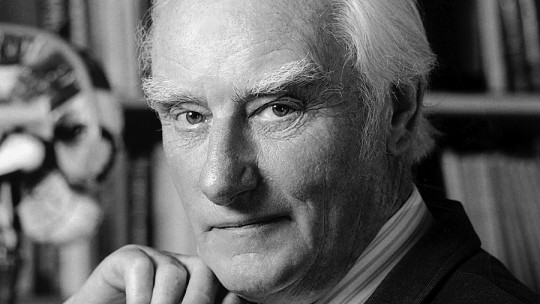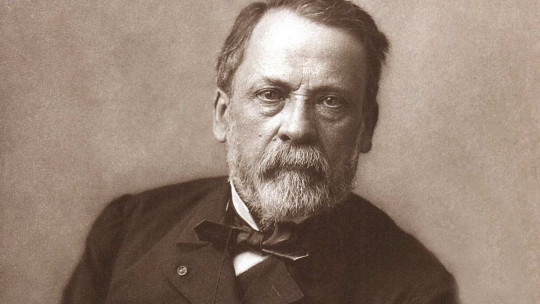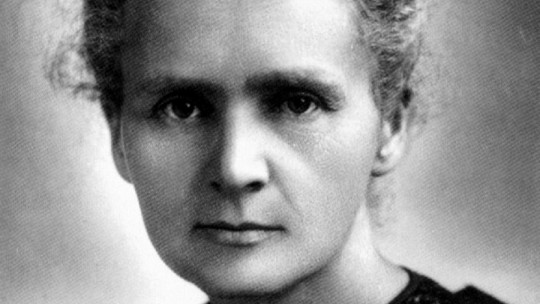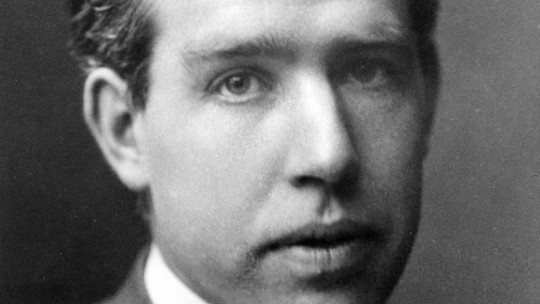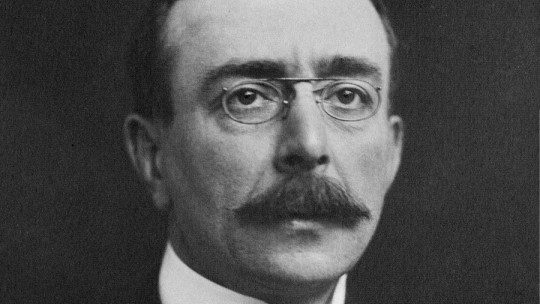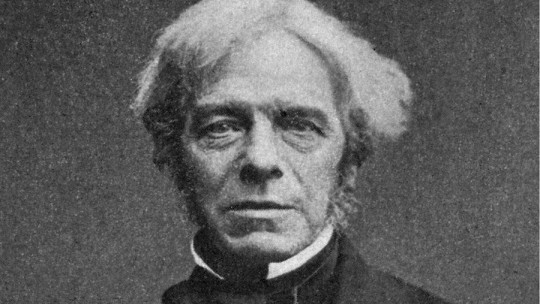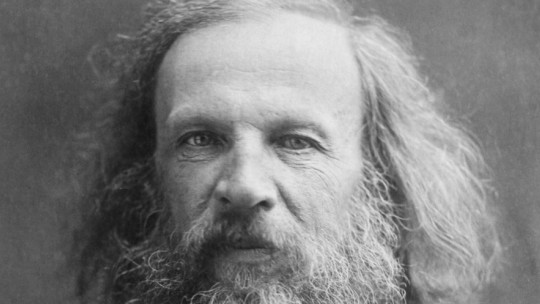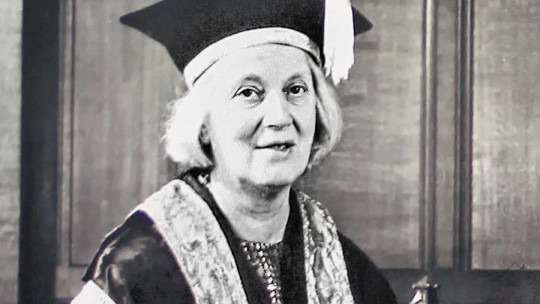
Dorothy Crowfoot was a British chemist known for studying various three-dimensional biochemical structures using the technique of X-ray crystallography.
Given all the discoveries and contributions she made during most of her life, in 1964 she was awarded the Nobel Prize in Chemistry, being the fifth woman and the first British woman to win this prize in the field of science. Her research never stopped despite the physical effects derived from the rheumatoid arthritis disease she suffered from, and despite the fact that she was the mother of three children.
In this Dorothy Mary Crowfoot Hodgkin biography We will mention the most relevant events in the life of this chemist, and we will see what were her most relevant contributions to the field of science, specifically to biochemistry.
Brief Biography of Dorothy Crowfoot Hodgkin
Dorothy Mary Crowfoot Hodgkin was born on May 12, 1910 in Cairo, the capital of Egypt, when it belonged to the British Empire, although shortly after he moved to London where he would spend his childhood. Daughter of John Winter Crowfoot and Grace Crowfoot, both of whom were British archaeologists, she became interested in science from a very young age. At only 10 years old, she entertained herself by carrying out simple experiments in her house and reading various works of scientific literature.
Youth and university years
In 1921, at the age of 11, she was enrolled as a student at the Sir John Leman Primary School in the city of Beccles in England, where she studied Chemistry, thus being the only one along with another girl to achieve it. At the age of 18, he entered Somerville College, which is part of the University of Oxford, to continue his training in Chemistry graduating with honors in 1932, being the third woman to do so.
After graduating, she set out to choose which topic she would select to complete her doctorate at Newnham College, which only welcomed women at the University of Cambridge. It was like this decided, influenced by the conference given by John D. Bernal, to study X-ray crystallography, used to understand protein structures. John D. Bernal himself was his doctoral tutor, hosting him in his laboratory.
Bernal, who was an Irish scientist, apart from influencing Crowfoot in the field of science, also did so politically; He was a member of the Communist Party and defender of the Soviet regime. Dorothy considered him and referred to him as a wise and intelligent man, they even had a romantic relationship before she married.
So that used X-ray crystallography to analyze the biological substance pepsin, a protein synthesized by the stomach that is responsible for digestion by hydrolyzing proteins. He was finally awarded his doctorate in 1937 for his research and thesis on X-ray crystallography and the chemistry of sterols, a type of steroids.
Outside the professional field, In 1934, at just 24 years old, she was diagnosed with severe rheumatoid arthritis which caused swelling of the joints in his hands and feet, causing great pain and even deforming his limbs over the years.
Despite the difficulties and discomfort that the disease caused him, he did not want to modify his work in any way and continued with the same pace of research.
Consolidation of her career as a researcher
Having presented her doctoral thesis, she returned to the University of Oxford, where she was named the first researcher and professor in Chemistry in 1936, staying at this University for the rest of her life.
In 1937 she married Thomas Hodgkin, a historian and member of the Communist Party who wrote about politics and the history of Africa, thus achieving recognition as a professor at Balliol College in Oxford. But despite getting married, she was reluctant to change her maiden name, and it was not until 12 years after their marriage that she decided, influenced by her secretary, to sign with her husband’s surname, becoming known since then as Dorothy Crowfoort Hodgkin.
Thomas Hodgkins was the father of her three children: Luke, the eldest who was born in 1938; Elisabeth, his only daughter, who would be born in 1941; and the youngest of all, Toby, born in 1946. During the period of her pregnancies, her affections and discomfort from rheumatoid arthritis decreased, and in the same way that the disease did not make her leave the field of scientific research, neither would this time motherhood. She believed that continuing with her scientific career was natural and therefore at no time did she consider leaving it.
In 1947 she had the privilege of being elected a member of the Royal Society of London, the oldest scientific society in the United Kingdom and one of the oldest in Europe, Dorothy being the third woman to become a member of this society. Thirteen years later, in 1960, she was appointed Royal Society Research Professor at Wolfson, a position she would hold until 1970.
Main contributions to science
Crowfoot focused his research and work on discover and study various three-dimensional biochemical structures that until then organic chemistry had not been able to determine
In 1937 he worked with cholesterol, a lipid that has a structural function in the plasma membrane. Later, in 1945 focused on the study of penicillin with the help of collaborators and with the use of the first computers ; In this way, with the greater knowledge of this antibiotic, they were able to create it semi-synthetically and thus prevent death from infection for many people.
After World War II the Crowfoot laboratory increased in popularity given the intellectual and personal capabilities of chemistry. In this way she attracted the attention of many women, among whom Margaret Thatcher, who would become Prime Minister of the United Kingdom, stood out.
In 1953 he was lucky enough to be able to see the well-known and important model of the double helix of the three-dimensional structure of DNA that was located in Cambridge and which was discovered and proposed by the physicist, molecular biologist and neuroscientist Francis Crick.
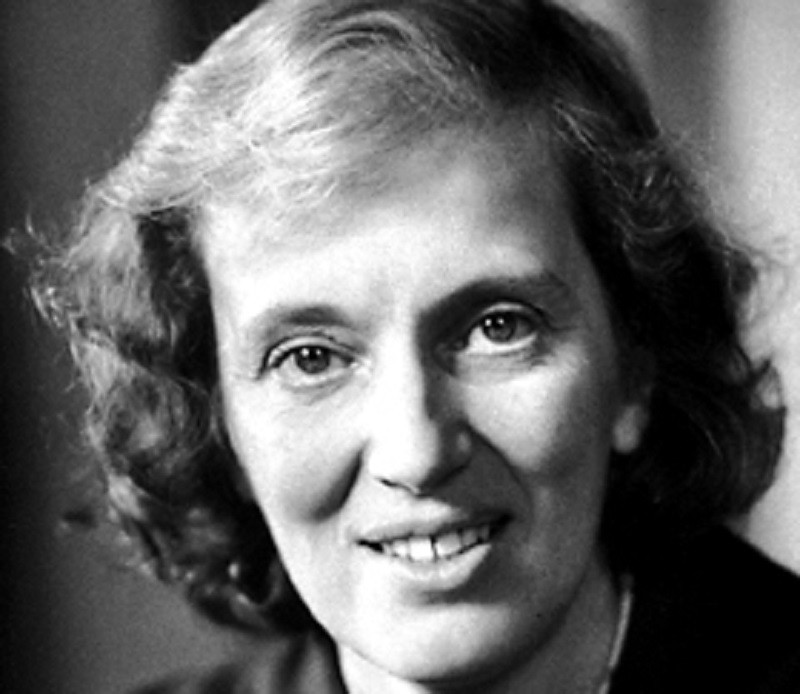
Given his research with penicillin, he had a relationship with professionals in the pharmaceutical industry. So, thanks to your contacts was able to obtain crystals of vitamin B12, a vitamin essential for the proper functioning of the brain, the nervous system and the formation of blood and various proteins Dorothy observed that the molecule was made of cobalt, she saw the possibility of using X-ray crystallography to better understand its structure.
Despite the difficulties that this research entails, since the vitamin B12 molecule is large and there was little information about it, in 1955 he managed to publish the structure after many years of study. For this reason, his work was widely recognized, being valued as the greatest achievement achieved using X-rays in the field of natural chemicals and earning him the 1964 Nobel Prize in Chemistry becoming the fifth woman and the first British to receive this award in the field of science.
Another important research and work in Crowfoot’s career was that of the hormone insulin, very important for the body to obtain energy, since it is the only one that allows glucose to enter the cells. The study of this hormone began in 1934, but it was not until 1969 when they managed to discover the structure of this complex and large molecule.
Despite his complicated health situation, he did not stop researching until 1977, when he decided to retire from the field of research to dedicate himself to traveling, giving lectures and participating in debates about world peace.
As we noted previously, Dorothy interacted with followers of communism, such as her husband or her doctoral tutor. In this way she was greatly influenced by this political current, although she never considered herself a communist. If that showed great concern about social inequalities and possible nuclear war and for this reason she was named president of the Pugwash Conference in 1976, which gives lectures on science and world affairs.
Likewise, given his involvement in the humanitarian field, positioning himself against war, he received the Lenin Peace Prize in 1987 from the Soviet government.
Last years and death
Apart from the already mentioned awards, received the Copley Medal, awarded by the Royal Society in recognition of scientific work and important achievements in this field, or the Lomonosov Medal awarded by the Soviet Academy of Sciences. Also mention that the Royal Society of London named after him one of its scholarships that it awards to outstanding young scientists.
After suffering from rheumatoid arthritis for a long period of time, affecting her joints and ending up in a wheelchair, Dorothy Crowfoort died on June 29, 1994 at the age of 84 in Ilmington, England, as a result of a hemorrhage. cerebral.
Since 1999, the Oxford International Festival has held an annual conference honoring Dorothy’s work and research.

